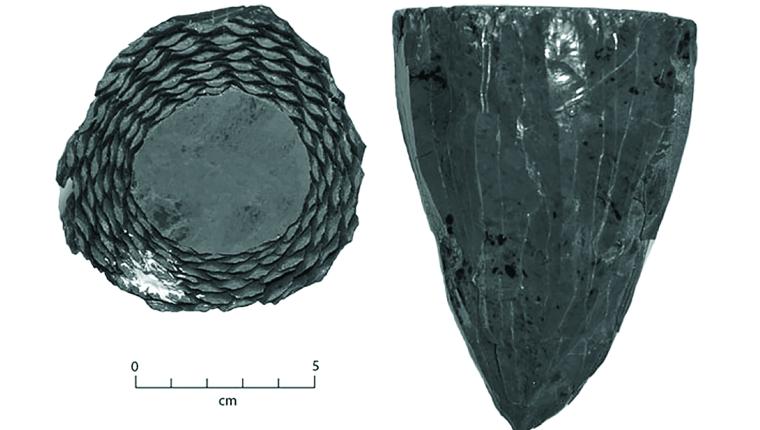
Güneri, S., Avcı, A., Bayburt, A. Z. (2022). Upper Paleolithic Siberian Migrations to the Near East via Silk Road. BRIQ Belt & Road Initiative Quarterly, 3(4), 62-74.

This work is licensed under a
Creative Commons Attribution 4.0 International License.
The micro-blade stone-tool industry produced by the pressure technique that emerged in Siberia during the Late Upper Paleolithic Age, spread over wide areas in Eurasia. One of these spreading lines was via Silk Road. Micro-blade stone-tool industries traced from Southern Siberia to Northern Afghanistan at the end of the Pleistocene reached Zagros and Eastern Anatolia via Northern Iraq at the beginning of PPN. It is also proven by the results of genetic studies that the traces of migrations from Siberia reached the Near East. It has been calculated that Ancient North Asian peoples have a genetic contribution of 20-25% in the genetic cluster formed by genomes dated to PPN in Zagros region. Therefore, it has been understood that the carriers of the pressure-micro-blade technology which set out from Southern Siberia, are intertwined enough to transfer their genes to the Zagros region. The same situation is true for the Caucasian Hunter-Gatherers genetic cluster. It is well known that the amazing depicted-art and architectural style of the PPN Göbeklitepe Culture in Southeastern Anatolia emerged suddenly without pre-development process. There is no other dominant culture in the immediate vicinity that can lead this interesting development. In this case it should be emphasized that a dominant cultural influence came from outside created the PPN Göbeklitepe Culture by mixing with native Anatolian communities. In the circumstances we should look for the dominant culture candidate among the Ancient North Asian immigration groups that using the pressure technique.
